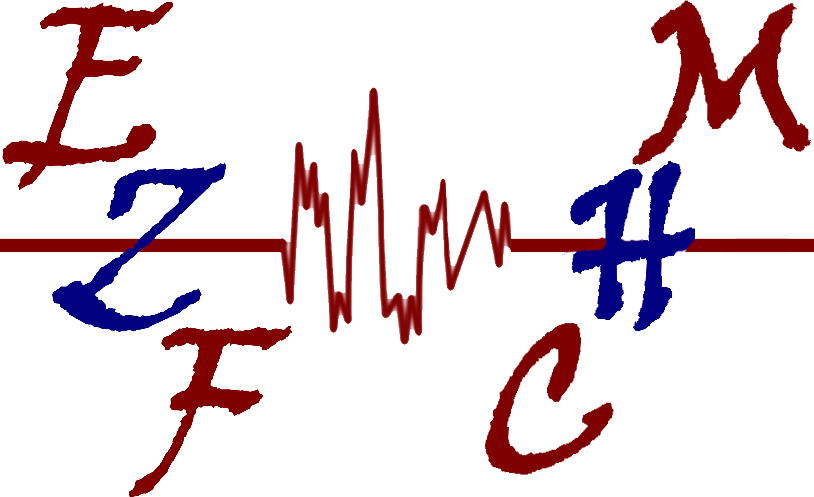NGA Next Generation Attenuation 2021
The ground-motion prediction equations (GMPEs) developed as part of the Next Generation Attenuation of Ground Motions (N.G.A West) project in 2008 are becoming widely used in seismic hazard analyses. However, these new models are considerably more complicated than previous GMPEs, and they require several more input parameters. When employing the N.G.A models, users routinely face situations in which some of the required input parameters are unknown.
The objective of the project was to develop new ground-motions prediction relations through a comprehensive and highly interactive research program. Five sets of ground-motion attenuation models were developed by teams working independently but interacting with one another throughout the development process. The development of ground-motions models was supported by other project components, which included (1) developing an updated and expanded PEER database of recorded ground motions, including supporting information on the strong-motions record processing, earthquake sources, recording station (2) conducting supporting research projects to provide guidance on the selected functional forms of the ground-motions models; and (3) conducting a program of interactions throughout the development process to provide input and reviews from both the scientific research and engineering user communities.
Subsequently, two other N.G.A programs began in 2010, N.G.A East and N.G.A West 2. The N.G.A East Program is developing a new set of comprehensive & broadly accepted attenuation relationships for the Central and Eastern US.
The N.G.A West2 program is a followup to the original N.G.A program and will be investigating the modeling of directivity and directionality; verification of N.G.A-West models for recent small, moderate and large magnitude events; scaling of ground motions prediction equations (GMPE) for different levels of damping; development of GMPEs for vertical ground motions; treatment of epistemic uncertainty; and evaluation of soil amplification factors in N.G.A models versus NEHRP site factors.
The PEER N.G.A West project resulted in a major improvement in the prediction of ground motions in the western United States. The N.G.A West models provide much more robust and reliable estimates of ground motions than the previous generation of attenuation models developed in 1990s and early 2000s.
- After an extensive review in 2008 by the California Geological Survey (CGS), the USGS, and a reviewer “Tiger Team” convened by the USGS, the USGS announced that the NGA West models would be considered to supersede the previous generation of the attenuation models and that only the N.G.A West models would be used to develop the US National Seismic Hazard Maps for the western US.
- The EERI Board of Directors awarded the resulting research paper from the N.G.A West Program “Outstanding Earthquake Spectra Paper of 2008”. More information.
- Other organizations throughout the world are using the N.G.A models. For example, N.G.A programs are either being initiated or planned for areas such as Japan, Taiwan, and Europe.






N.G.A input Parameters
Illustration of earthquake source and distance measures using a vertical cross-section through a fault rupture plane. The length of the fault rupture plane (L) is measured along the strike (perpendicular to the plane of the page)
Excel file for calculation the input parameters can download here
